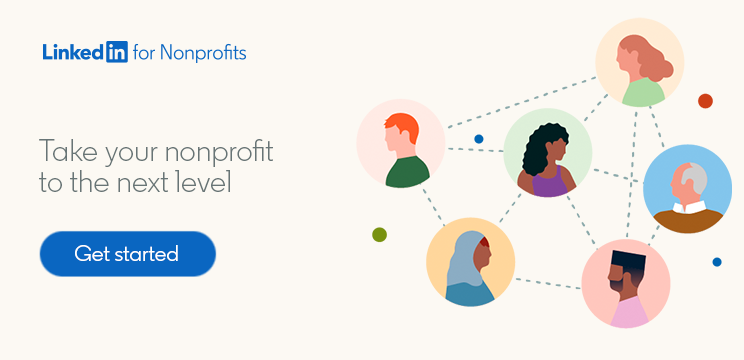
4 Steps Your Nonprofit Can Take Towards Allyship
4 Steps Your Nonprofit Can Take Towards Allyship
Allyship is defined as a process where people stand in solidarity with one another, especially when it comes to inclusivity and human rights. It is a very necessary and crucial component to developing strong, diverse, and unified spaces.
Nonprofit organizations cannot just demonstrate allyship with external actions, such as making donations or delivering public statements about advocacy—there must also be a continuous process of internal work, which consists of unlearning harmful biases and collaborating with others to fight for equity. Performative allyship is limiting and harmful, but genuine allyship is transformative and empowering.
Here are the following steps that nonprofits can take to incorporate impactful allyship into their work culture.
1. Prioritize anti-harassment and anti-discrimination policies.
Nonprofit leaders should establish and enforce policies that protect their employees from any form of discrimination. Although workplaces should never cause people to feel unsafe or targeted, oppressed groups still face a disproportionate amount of harassment. By prioritizing anti-harassment and anti-discrimination policies, leaders are ensuring that their workers are able to contribute to the mission without having to worry about discrimination going unnoticed.
2. Foster a welcoming and inclusive environment for all.
Inclusivity invites more voices to the table, giving nonprofits the unique opportunity to receive feedback and strive for greater improvement.
When nonprofits develop and maintain inclusive environments, it benefits the entire organization. Inclusivity makes room for a more trusting community by improving staff satisfaction, increasing retention, and decreasing discrimination. Both organization leaders and employees must actively work together to create these safe spaces, especially if there are none present within the nonprofit.
3. Bring diversity into your hiring processes.
A diverse nonprofit organization should be aiming to lessen the pay gap, promote career development, and hire workers from different backgrounds. If a workplace looks homogenous and only hires others who fit a certain demographic, it misses out on an opportunity to meet prospective candidates who can make a meaningful difference.
Recruiters for nonprofits should also be extremely mindful of how they screen applicants for positions. Do they pass along resumes because of someone’s age, rather than their past and present achievements? Organizations need to constantly ask themselves the hard questions in order to ensure that their hiring processes are not biased.
4. Embrace a growth mindset.
It’s impossible to implement allyship overnight. Learning about anti-oppression takes time, and many leaders will have to sit in the discomfort of reflecting, taking accountability, and growing to become more aware. There will be times where people challenge preconceived notions or set world perspectives: don’t shy away from them. Each and every discussion has the potential to be productive and lead the nonprofit towards a better path, while allowing people to learn valuable lessons along the way.
Organizations can also incorporate consistent training and educating so that employees learn about their own internal biases, as well as best methods for identifying and fighting against discriminatory practices.
Allyship in action
When a nonprofit prioritizes allyship, they allow their employees to feel safe and empowered. If anyone within the organization is faced with actions that range from microaggressions to blatant discrimination, it’s important for others to speak up. Both leaders and workers can also express their solidarity in other ways: educating themselves about prevalent issues, respecting diverse ethnic, gender, and religious identities, and continuing to create spaces where people can be their best, authentic selves.
This article was inspired by the blog post, “What You Can Do to Support LGBTQ+ Employees Year Round,” written by Leonna Spilman.

